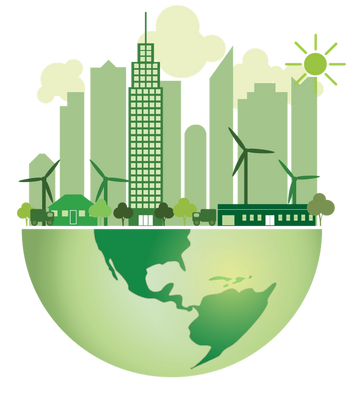
We do have a thing for water!
Although we’re all about good soil practices when it comes to agriculture, humankind is always finding a way to develop the next best thing.
After the last blog post, we’ve become a bit skeptical about new things, and we believe, for the most part, that’s a good thing. So, we take new takes on not-so-old takes with a grain of salt.
In our last entry, we discussed how like many things we humans do, agriculture is rather new, and it’s constantly evolving and changing the way we eat and procure food.
From methodically growing our own food instead of gathering and hunting for it, ingenious irrigation systems, and the invention of hydroponics, innovation keeps being front and center in this industry. 
It’s no different in the case of Aquaponics.
The method used by the five young founders of Phood Farm to grow up to 200 kilograms (440 pounds) of lettuce per week on an area smaller than a tennis court is a combination of aquaculture, or fish farming, and hydroponics, which is growing vegetables in water without soil.
One argument in favor of aquaponics seems to be that traditional agriculture is depleting our resources, claiming that monoculture food production and excessive use of fertilizers and pesticides are harming our soils and biodiversity and threatening entire ecosystems. And that argument is not wrong.
Is the solution another innovation? Or putting the lens on the poor practices we are using to make produce and the process of growing it more profitably?
We’ll let you be the judge of that for the moment, but we’ll tell you that, for some countries, aquaponics might promote food self-sufficiency, since smaller recirculating systems can be especially useful in developing countries like those in Africa, Asia, or Latin America.
So, waste no time or water, because we’ll need that for our next crops, be them in soil, or well, water.





